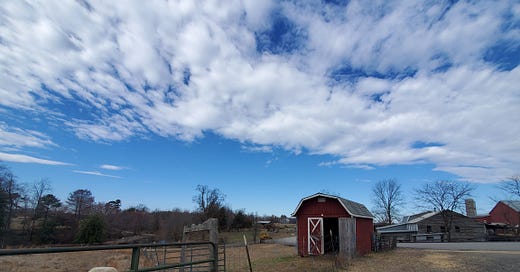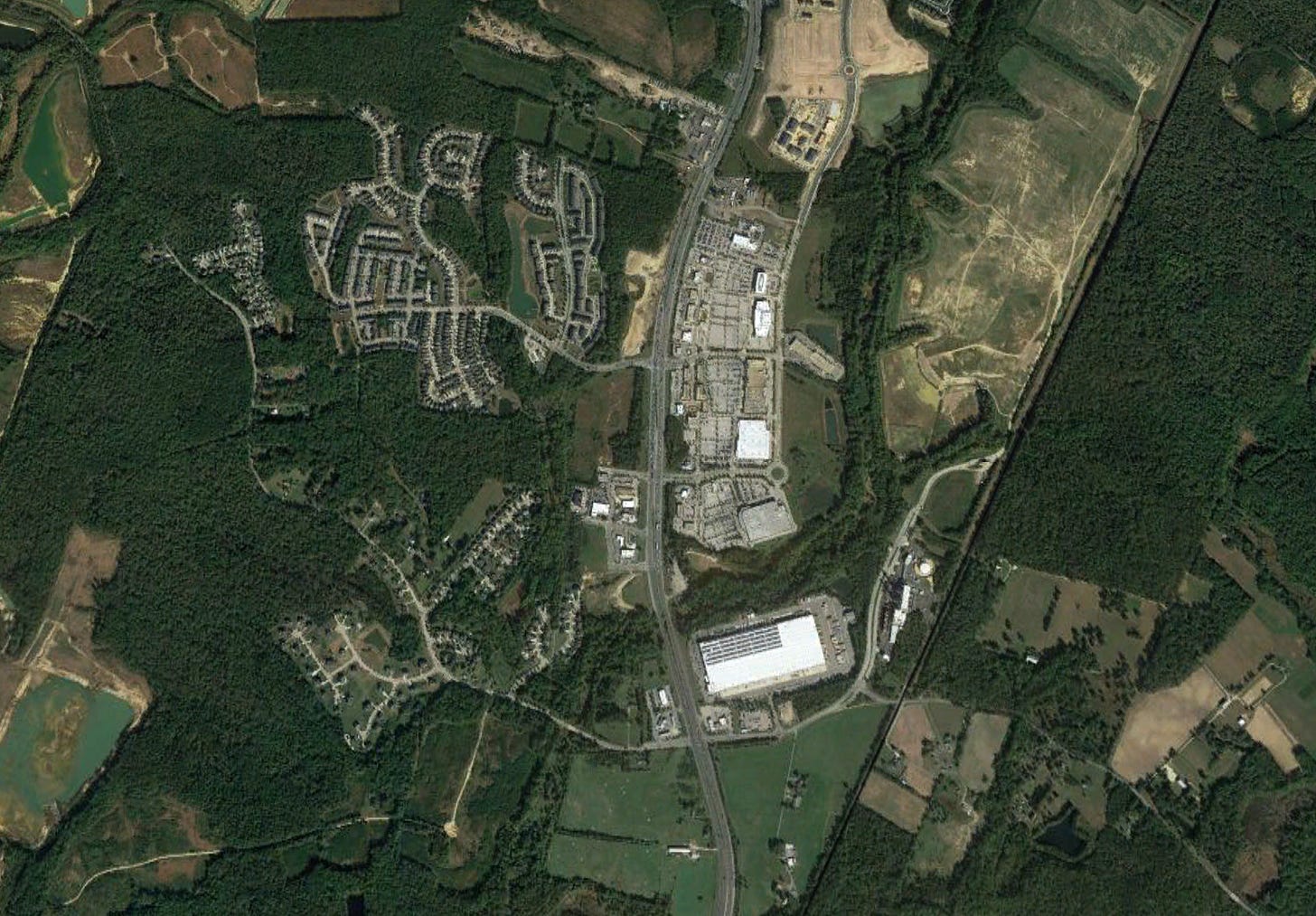Just like I write pieces here elaborating on articles I publish elsewhere, I often write more than one piece based on road trips I take and various other activities I do. I wrote recently about an Amish community in rural Southern Maryland, in Charlotte Hall/Mechanicsville. There are some bits and pieces I didn’t get to, so I’ll write them up here.
First of all, Southern Maryland—and the Eastern Shore portions of Maryland and Delaware, and a couple of other places in Delaware—are really interesting places. They’re diverse and culturally complex in their way, and while some of all of this has been exurbanized and serves as D.C.-area bedroom communities, there’s still a lot of agriculture and old-fashioned local character.
One of the things I pay attention to when I drive somewhere, maybe, between 45 minutes and two hours from the city, is where the last big new housing development is. Now there might be new housing getting built in, and for, these places, that has little to do with the D.C.-area housing crunch. But you can definitely see low-density (and often higher density!) development radiating out from D.C. and not really petering out until you’re well into what feels like it should be the countryside. This is mostly downstream of the housing shortage in the city and near suburbs.
Take a look at this, in Brandywine. Agricultural/rural land interspersed with supersized suburban sprawl—huge standalone box stores, chain restaurants, so many Ryan Homes signs. I keep coming back to this: we have this heritage of lovely small-town urbanism in America, yet we build this stuff.
This doesn’t really stop until Waldorf, 26 miles from downtown D.C. and easily an hour’s drive. That doesn’t sound so far, maybe, but most of this development is quite recent. These are not historic D.C. suburbs; they’re accidental ones.




